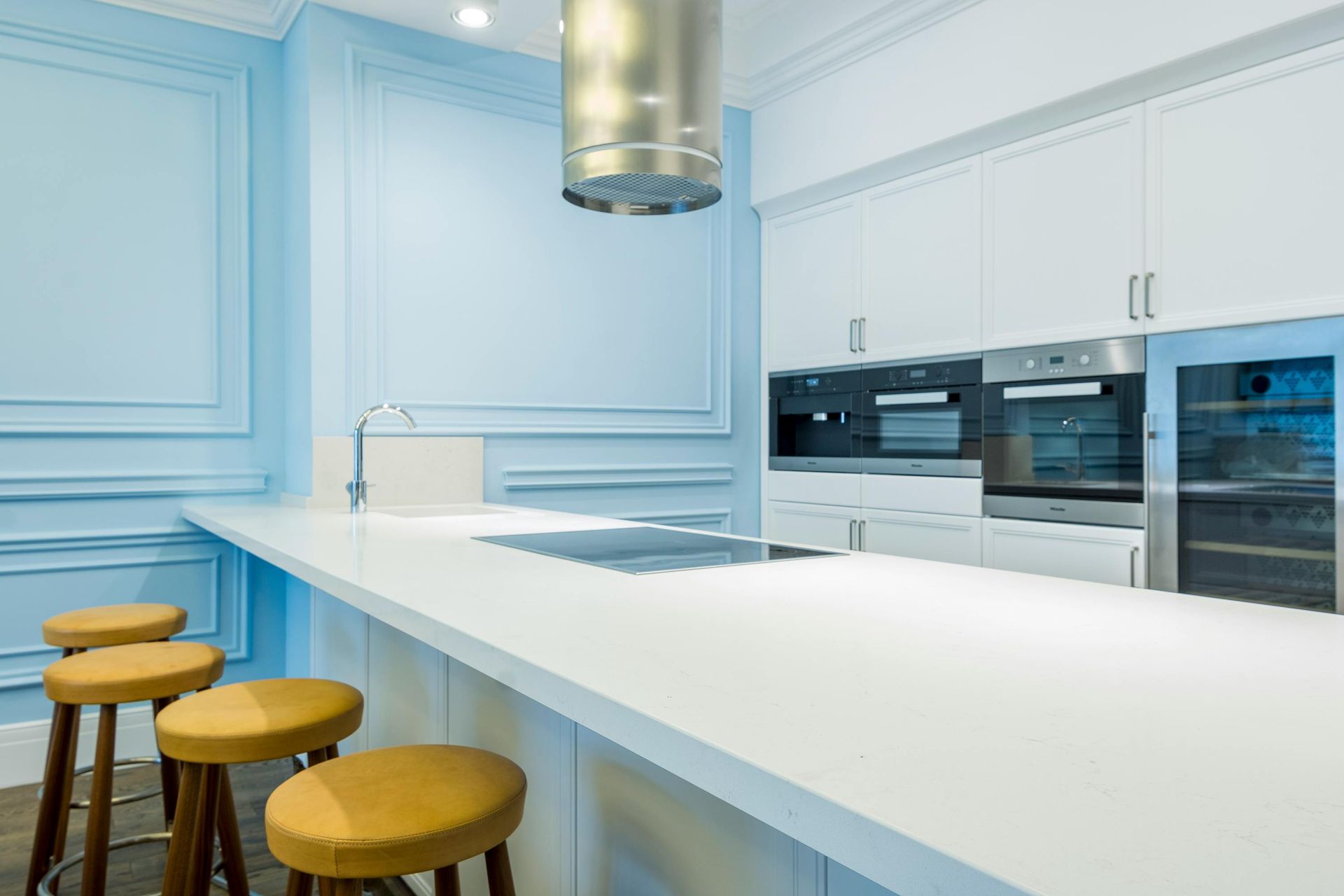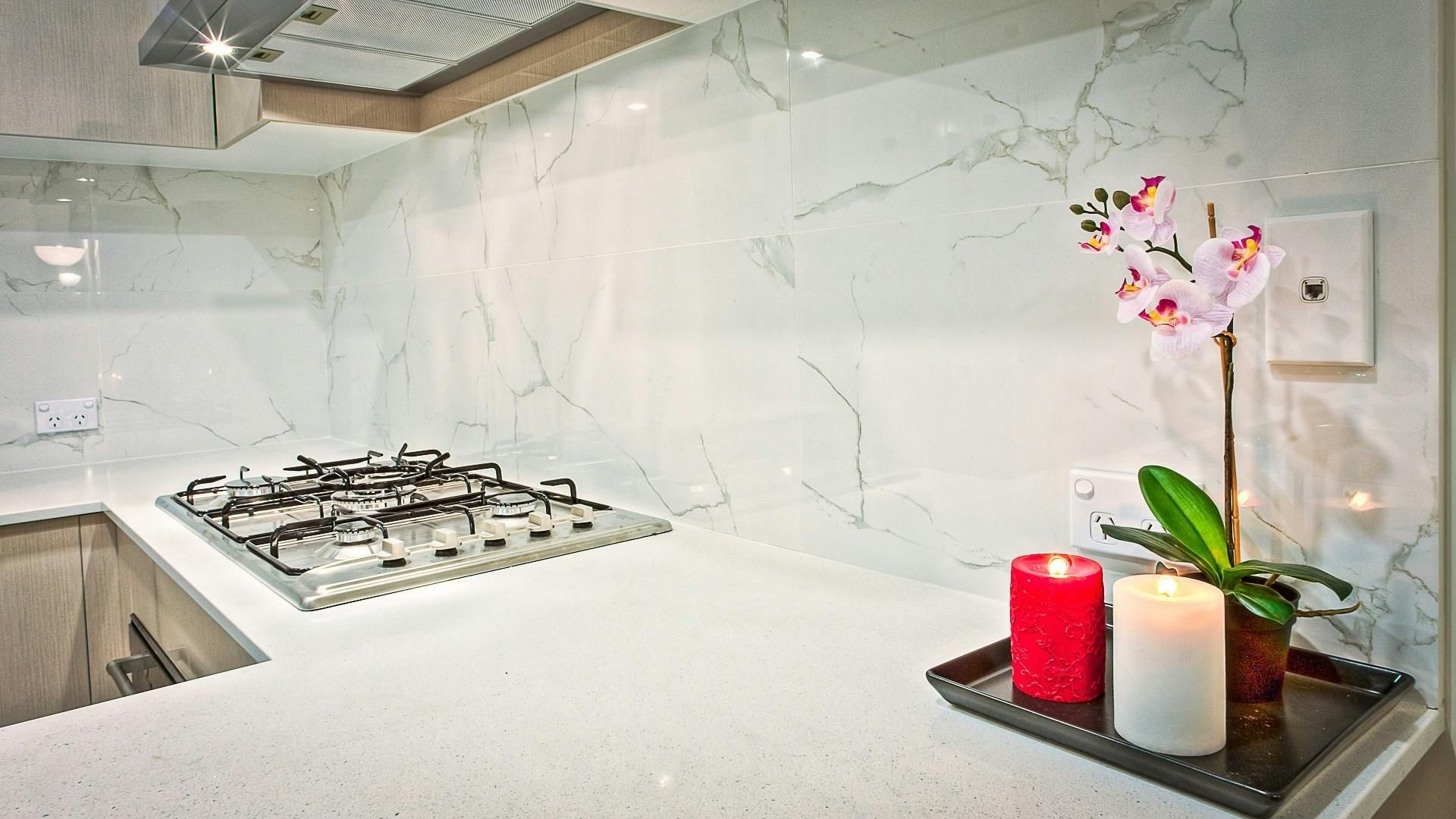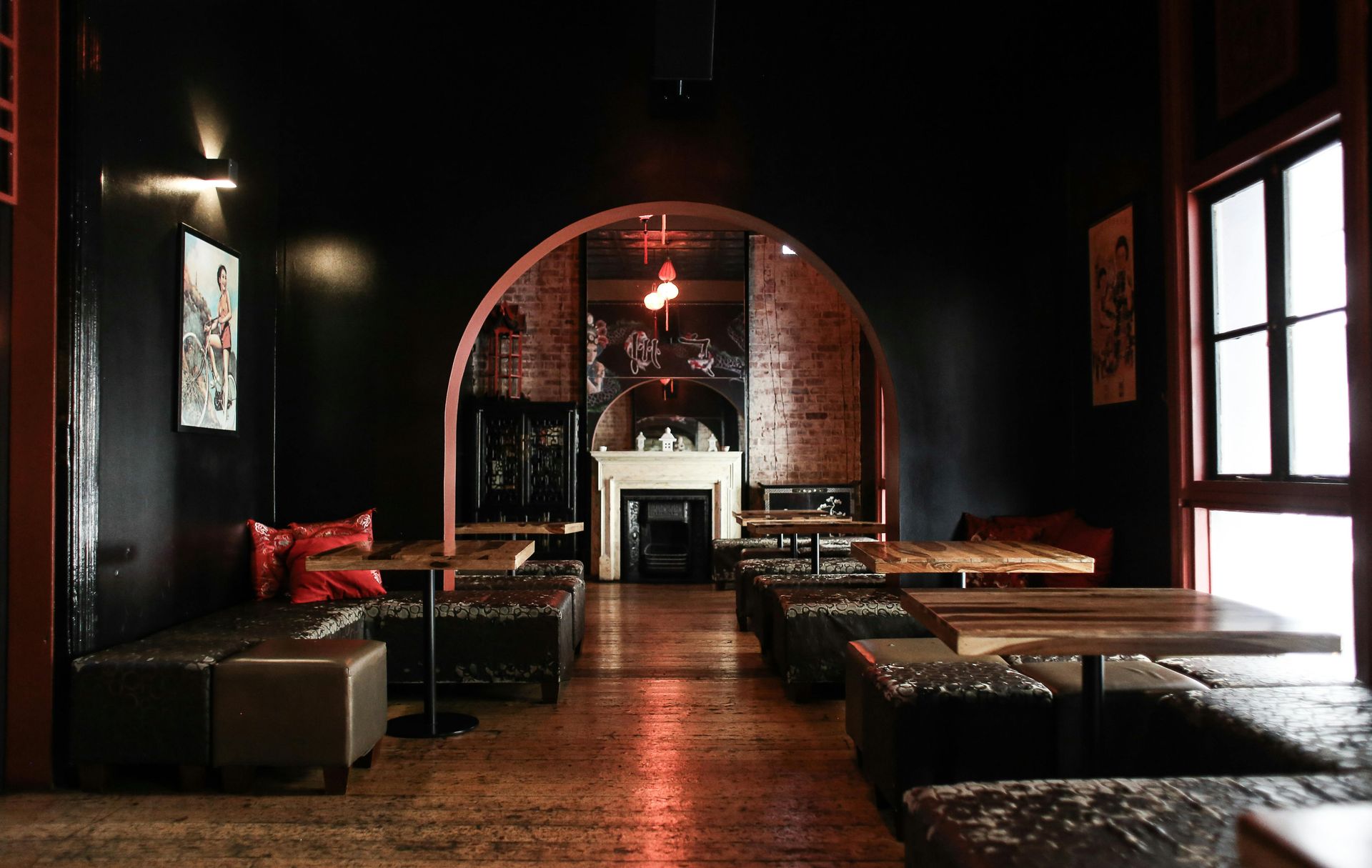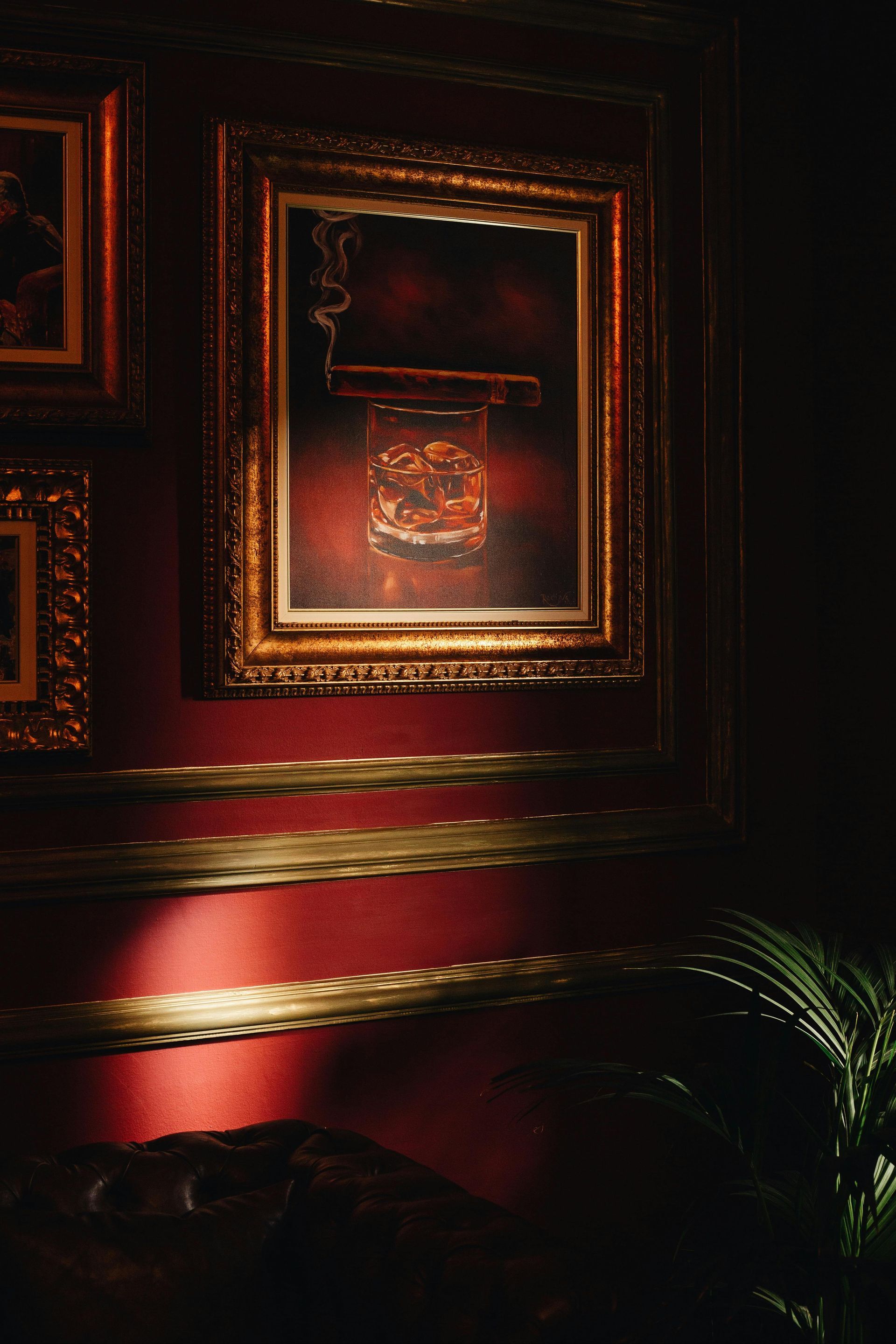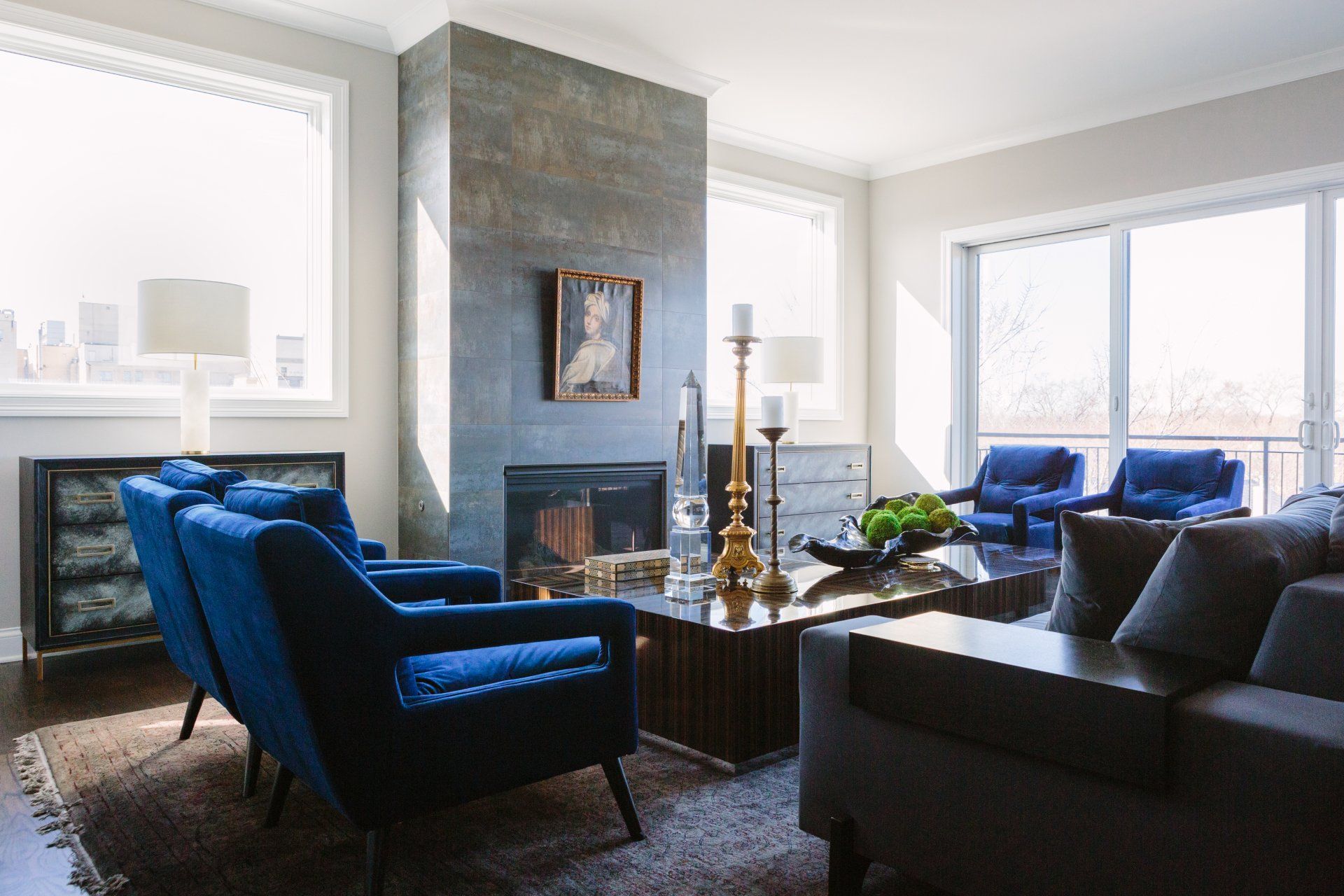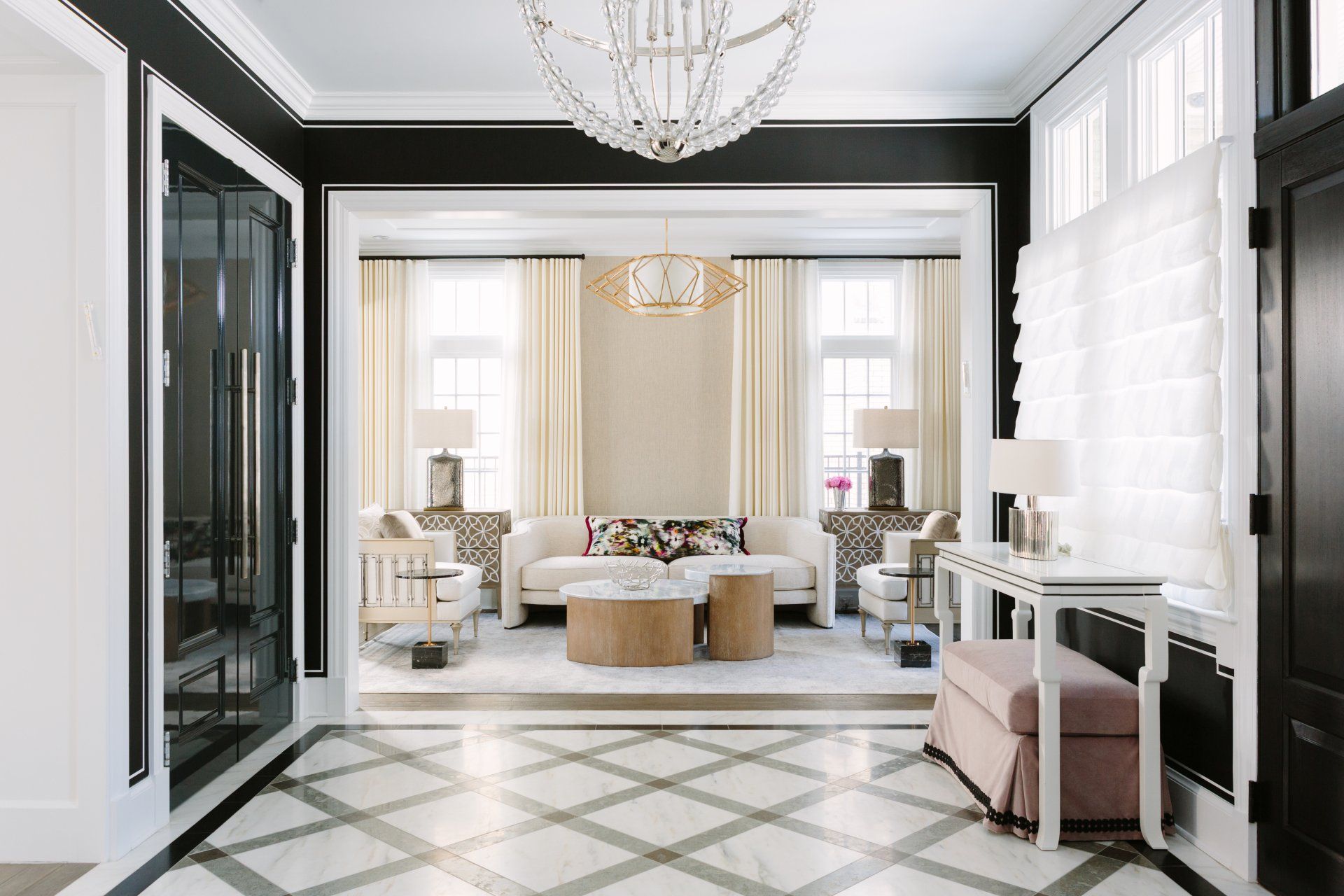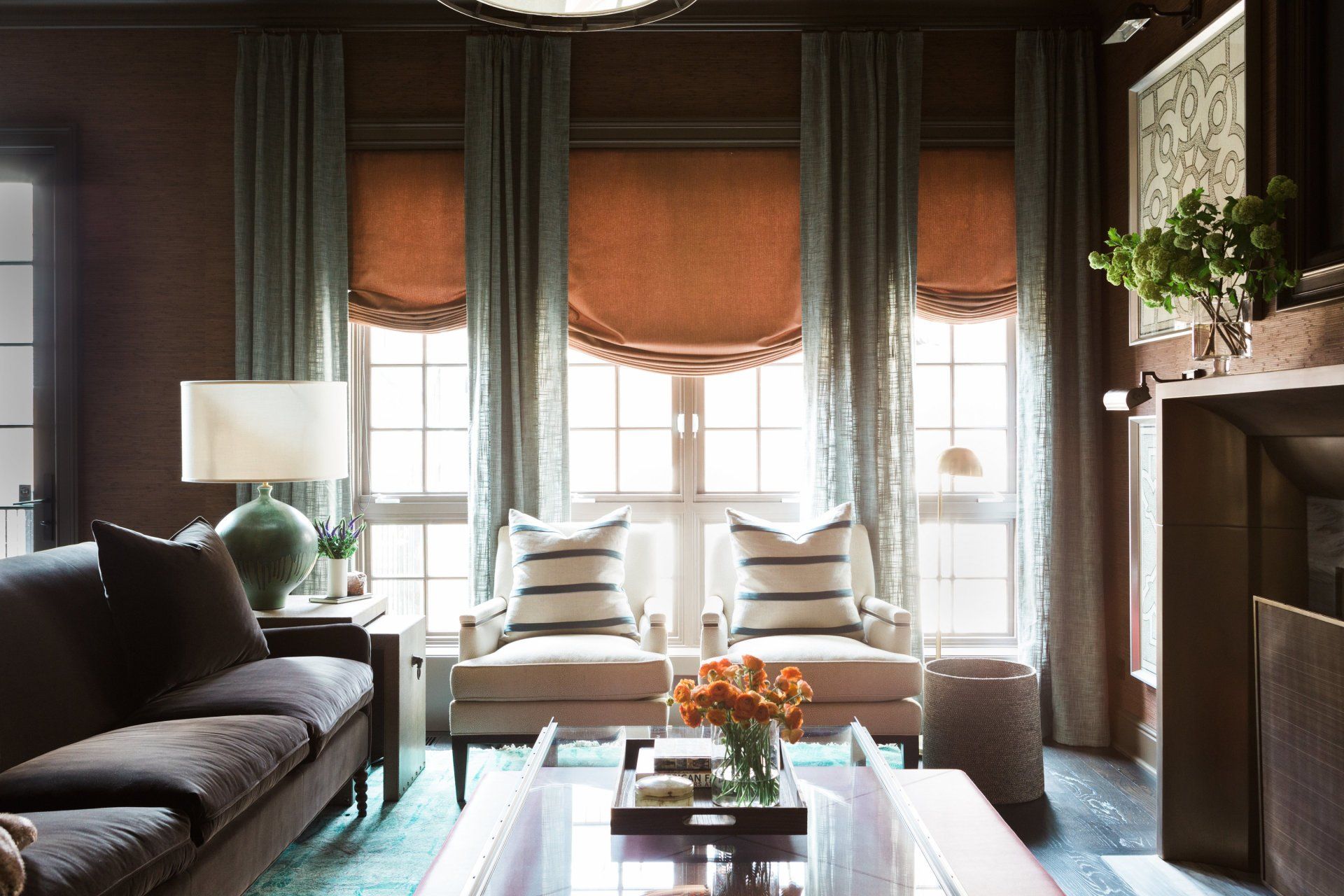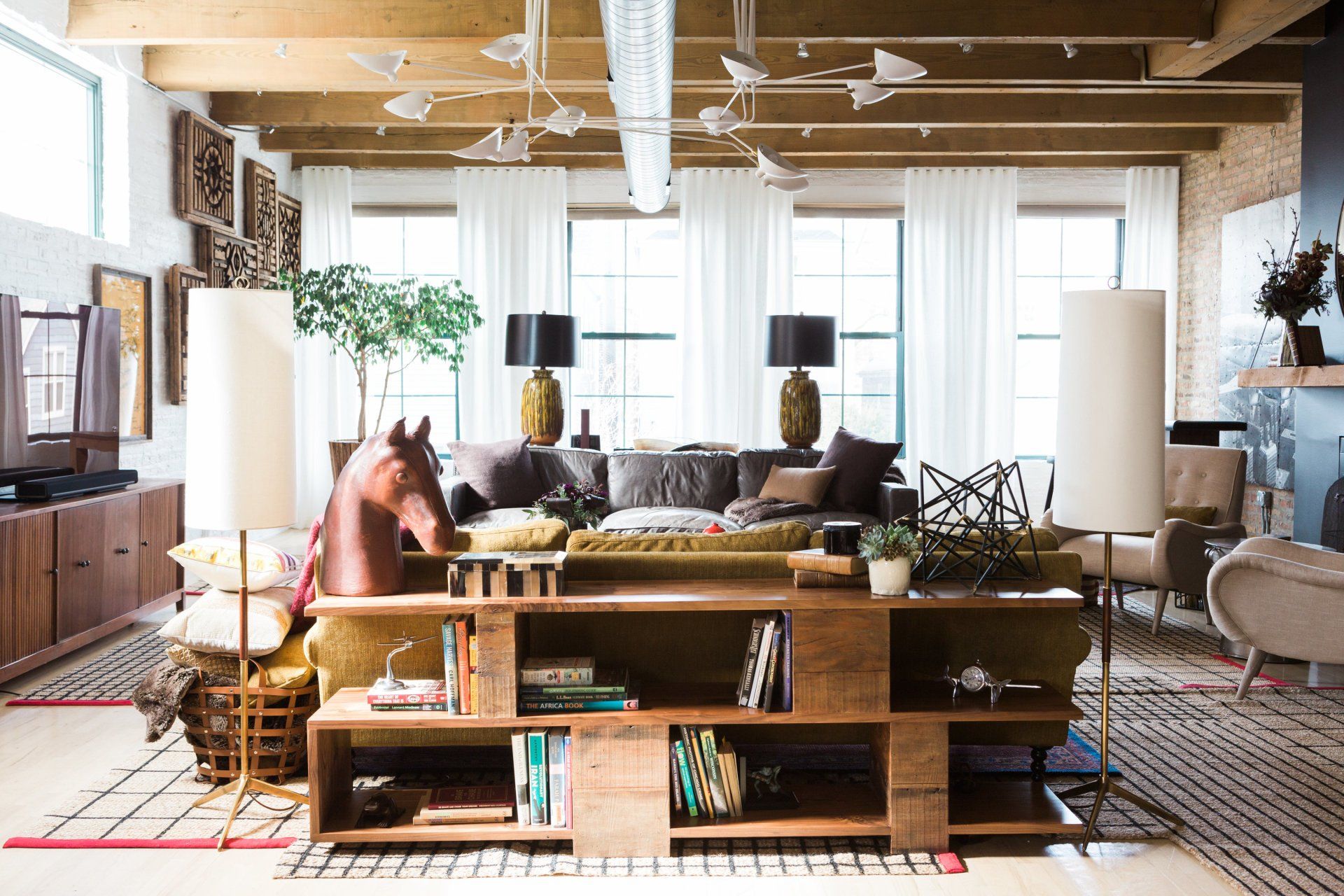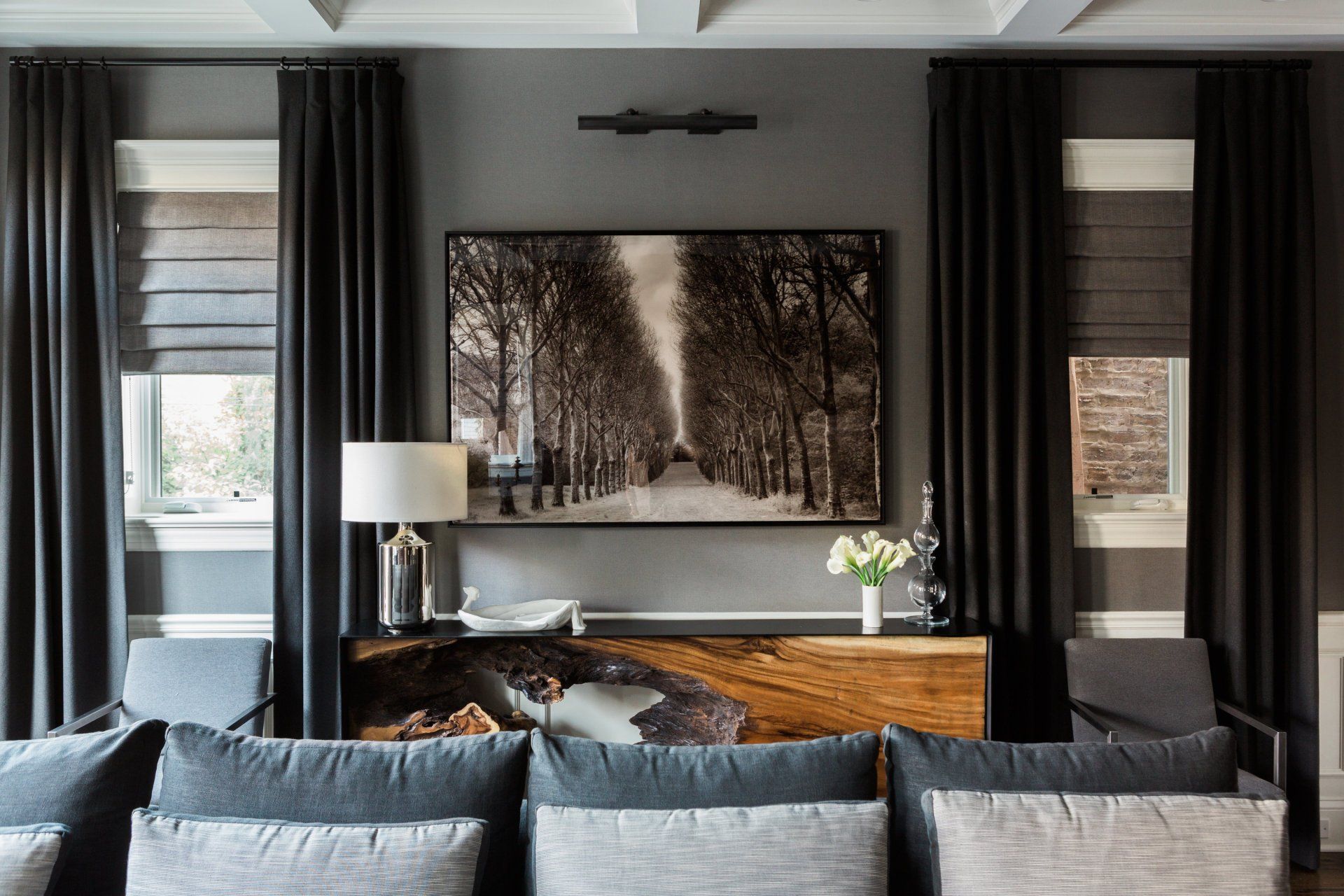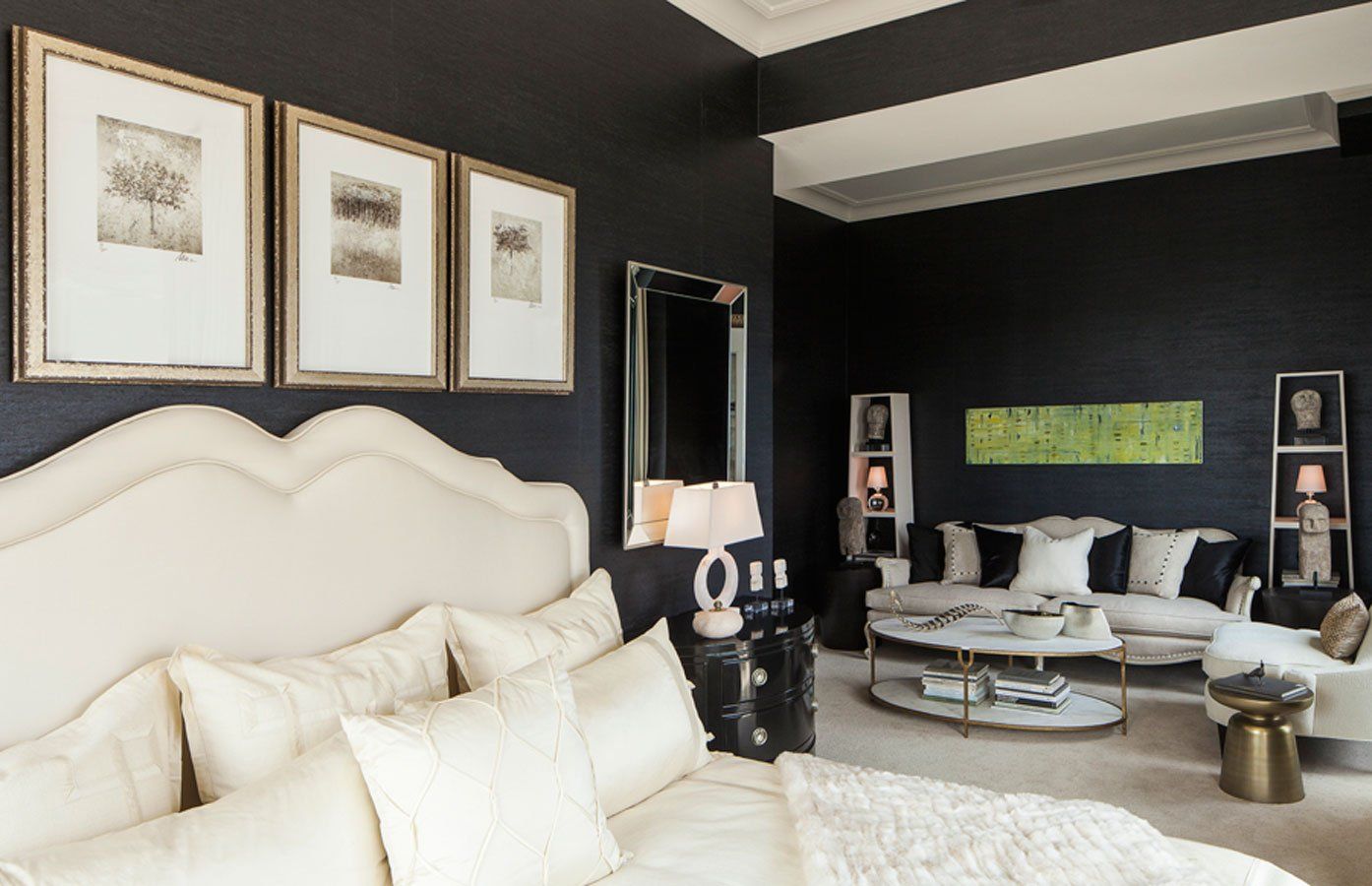10 Best Tips for Making Your Bed Look and Feel Like a Luxury Hotel
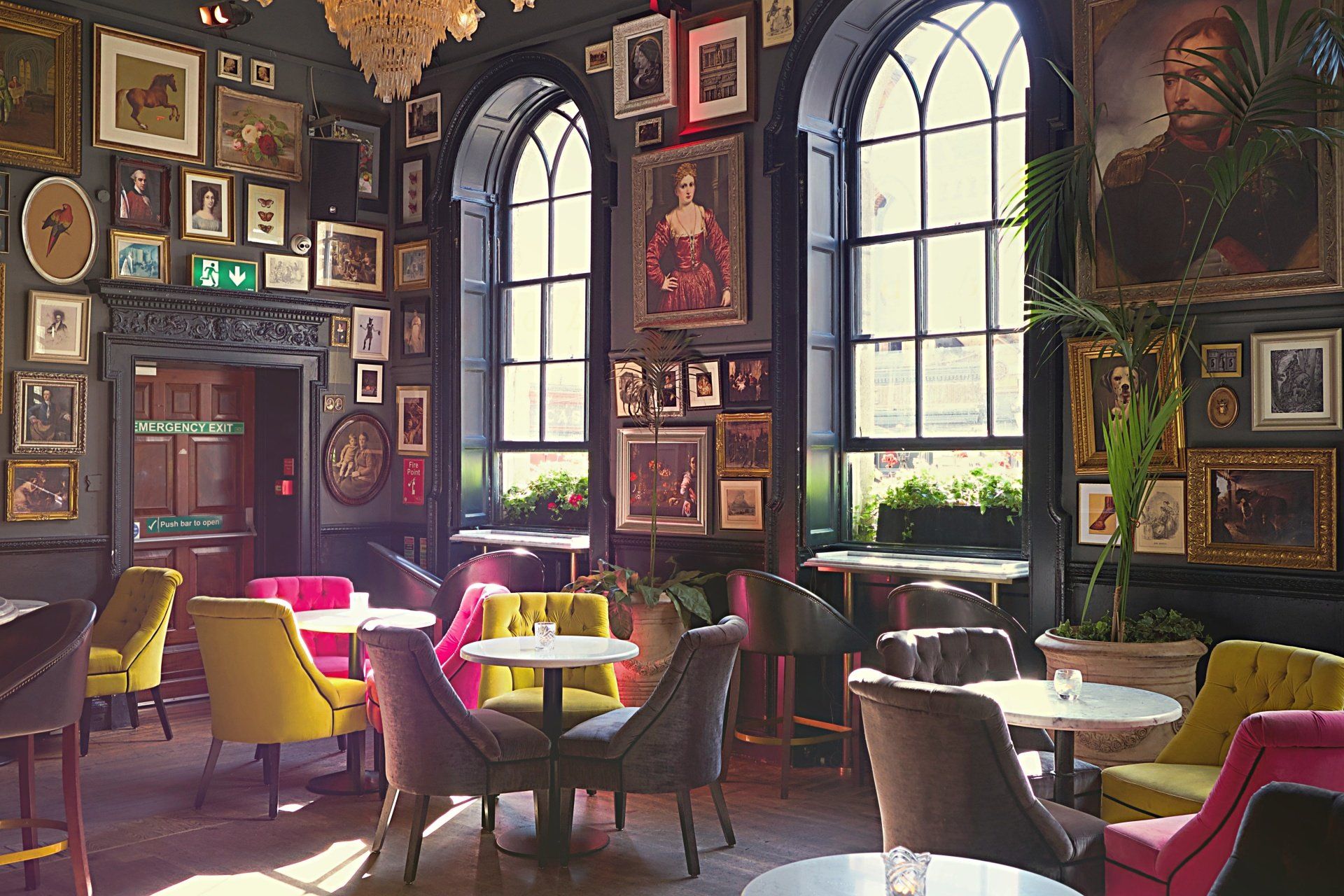
Have you ever stayed at a five-star hotel and wished you could bring the pampered feeling home? With thoughtful layering, rich textures and high-quality materials, your bedroom can become a personal sanctuary that rivals any luxury suite. Here’s how to transform your bed into the most indulgent, comfortable spot in your home.
1) Start With a Supportive Base
If your mattress feels too firm or lacks cloud-like comfort, add a cushiony mattress topper for the perfect amount of plushness without sacrificing stability. Toppers are usually 2 to 4 inches thick, which is enough to change the feel of your mattress without overwhelming it. It gives you that just-right hotel firmness night after night while extending your mattress’s lifespan.
If a mattress topper doesn’t seem to do the trick, keep in mind that mattresses need
replacing after 7 to 10 years of use. If yours falls within that range, it may be time to get a new mattress before you add a mattress topper.
2) Use High-Quality Sheets
Luxury starts with the sheets. Soft, breathable, temperature-regulating sheets instantly make your bed feel more inviting. A great option is high-quality jersey cotton because it feels smooth against your skin and holds up beautifully, wash after wash.
Good sheets also
regulate your body temperature overnight, helping you drift off to dreams sooner and stay asleep longer.
3) Layer Thoughtfully
Layers add depth and comfort. Start with a fitted sheet and flat sheet, then add a lightweight quilt or blanket. Finish with a fluffy duvet folded neatly at the foot of the bed. This adds a polished look and gives you flexibility throughout the night, no matter the temperature. A well-layered bed always feels more substantial and inviting, with each layer serving function and style.
4) Stack Pillows for Luxe Comfort
You’ll need several pillows to achieve that full, cozy hotel effect. Start by stacking two firm pillows against your headboard for structure. Place two softer pillows in front of those to cushion your head and neck while you sleep. Round it out with a couple of decorative pillows for a polished touch. Varying sizes, shapes and textures make the arrangement look intentional and refined.
5) Stick to White or Soft Neutrals
Luxury hotels use white bedding to create a fresh, clean and inviting look. White also complements nearly any bedroom color palette. Mix in soft grays, creams or beige tones for a warm, relaxing vibe. Dress up your bed with decorative pillows or a colorful blanket to prevent it from looking too plain.
6) Steam or Iron Your Sheets
Crisp, wrinkle-free bedding instantly makes your bed feel more elegant. After making the bed, run a handheld steamer across the top layer or iron your sheets before putting them on. This small step smooths creases and helps everything lay flat. Plus, it can banish lingering germs, leaving your bed cleaner.
7) Upgrade Your Bedspread
A structured bedspread or coverlet ties the whole look together. Choose one with some weight to it so it drapes nicely and stays in place. Textured fabrics, subtle patterns or quilting can all add dimension without overwhelming the simplicity of your bed. A finished top layer makes the bed feel complete, not just thrown together.
8) Add Calming Scents
Luxury hotels use subtle scents to create a calming atmosphere, and you can do the same. A lavender-infused pillow mist, scented linen spray or natural candle can completely change your mood. Soft, relaxing scents ease anxiety, making them ideal for bedtime.
9) Tuck Like a Pro
Tight corners and smooth edges matter more than you’d think. Tucking in the sheets at the foot and along the sides of your bed keeps everything secure and adds to that hotel-level neatness. Use hospital corners or fold the extra fabric tightly under the mattress.
10) Add a Bench or Ottoman at the Foot of the Bed
The little extras count. A bench, ottoman or upholstered stool at the foot of the bed mimics hotel suite styling and gives you a spot to sit or put down your robe or bag. Choose one with clean lines and soft upholstery to keep the look cohesive.
11) Play With Texture and Layers of Color
To make your bed look more luxurious, think beyond your sheets. Mix textures with soft linen blankets, knitted throws and velvet accent pillows. You can stay within the same neutral color palette while varying the tones for depth. This creates a layered, dimensional look that feels more expensive without being busy.
12) Keep Everything Symmetrical
Hotels often rely on symmetry to make their rooms look elegant and balanced. Match pillows on both sides of the bed, center your duvet nicely and place decorative cushions evenly. Symmetry creates a sense of order that immediately makes your bed look like it belongs in a five-star suite.
Sleep in Luxury Every Night
You don’t need to travel to experience hotel-level comfort. With thoughtful design and a few premium pieces, your bedroom can become your private five-star retreat.
